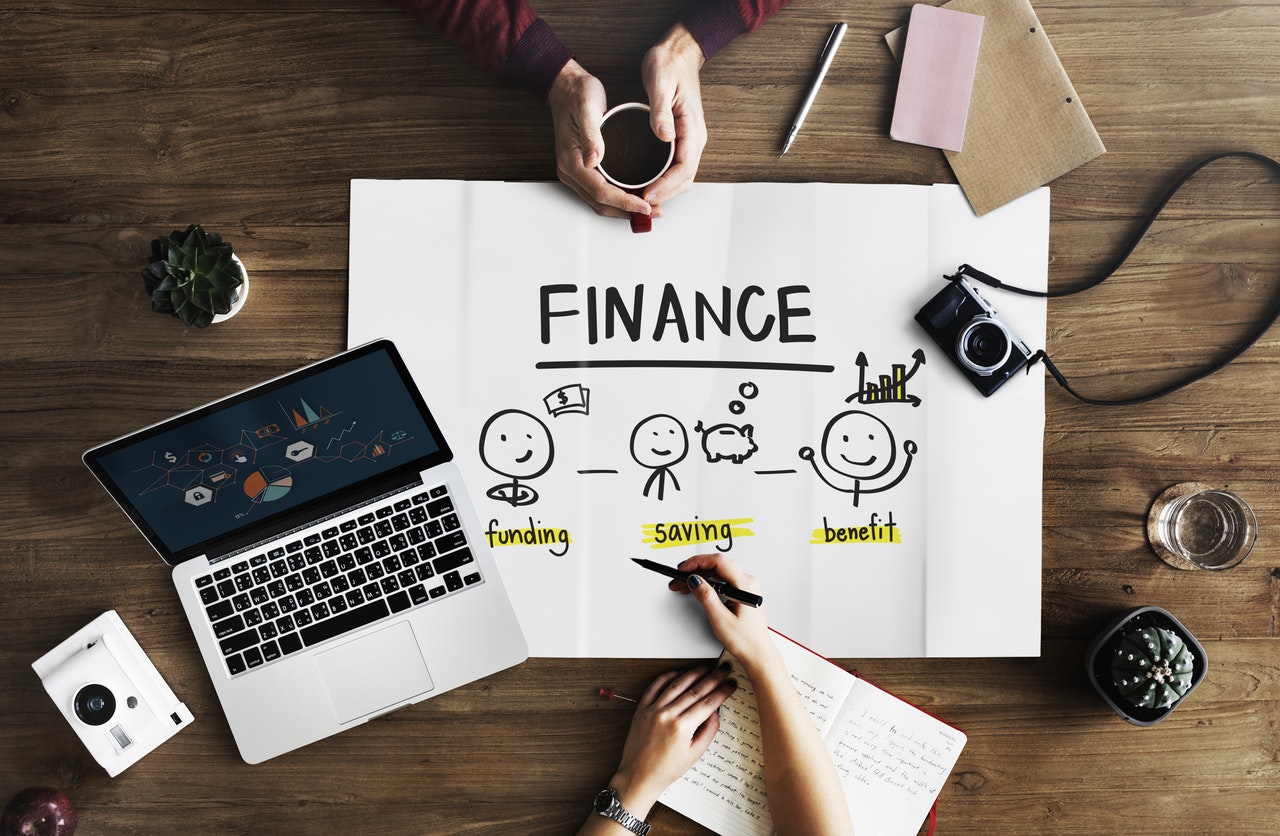[dropcap]P[/dropcap]ersonal finance isn’t the only area that can benefit from having a solid budget in place. A retail store will want to have a budget as well to identify its expenses and make a plan to reduce them. It can also help you figure out how much money your store is actually generating on a monthly basis; allowing you to compare those expenses with your profits to see if you’re making money at all. Here’s a quick guide on how to budget for retail.

1. Hire Some Help if You’re Struggling
First thing’s first; if you’re completely unfamiliar with how to manage finances, or simply don’t want to take the chance on doing it yourself, you’ll want to hire some help. This can be in the form a financial advisor (Compare the best financial advisors in San Jose on Carefulcents.com) or simply a bookkeeper to help you keep the books balanced and identify gaps in your financial records.
It’s ok to ask for help sometimes. As a business owner, it can be overwhelming to attempt to address every task or problem that comes your way, especially when you’re trying to run an efficient store. Finances are a huge part of the store’s overall success, so having someone look at your financial situation through expert eyes can be incredibly beneficial.

2. Pay Attention to Inventory
You should include your inventory in your store’s monthly budget. Inventory is what powers your retail store, but having too little or too much of it can spell disaster. Finding that Goldilocks zone can make your store more efficient, and leave you with greater profits at the end of each month.
Tracking your inventory will help you figure out how much is being spent on acquiring it each month versus how much of an ROI (return on investment) you’re getting on each item. If you have items that seem to cost too much to acquire and don’t provide an adequate ROI, it might be time to remove them from the shelves and try something else.
Dead inventory is something many retail stores have to address. You ordered too much of an item, perhaps for a seasonal sale or promotion period, and now you can’t seem to get rid of it. Tracking sales during promotional periods will help you identify trends and sales numbers, so the next time you order inventory, you can get much closer to an accurate number.
“Better to have too much than not enough” does not apply to retail, as dead stock only ends up costing you more money in the long run. It’s better to sell out of an item and have to order more than to overstock the item and not sell the extras.
Inventory will be one of the highest costs and what generates the most profit, so be sure to include it in your monthly budget for an accurate picture.

3. Get a POS System
Looking for something to help you manage inventory and finances all at once? A modern POS system can be just the tool for the hob. With powerful inventory management tools and the ability to track sales and provide analytic reports, POS systems are quite the asset for retail stores.
POS systems vary in cost, with some providing only the software while others provide both terminals and software for you to work with. You’ll want to account for the cost of the POS system when you set up your budget, but we can definitely say that this is a worthy investment for your store. With priceless analytics at your fingertips, your budget will be ten times more accurate, and you’ll be able to better plan for downtimes and promotional periods.

4. Identify Key Expenses
For your budget to be effective, you need to know exactly what you’re spending money on. Identifying your key expenses will provide you with priceless information, which may even surprise you. You’d be amazed at how much simple items like bathroom tissue or soap can cost over the course of a month.
Once you’ve identified key expenses, you can put a firm spending limit on them to keep their costs in check. This spending limit will provide you with a solid number to work from when planning ahead for your finances.
 udget
udget
5. Create a Projected Cash-Flow Chart
In addition to identifying expenses, you’ll also want to identify what you’ll make each month. You can do this by creating a projected-cash flow chart. Take a look at previous months and estimate what your store makes, comparing it to your expenses.
From here, you’ll be able to see whether or not your expenses are outweighing your profits and vice versa. You might find that your profits are incredibly high, even after all expenses are accounted for. Alternatively, you could learn that your business is nearly underwater and not making nearly enough to stay afloat. Either way, this information is critical to accurate financial planning for your retail store.
The Bottom Line
Finances are a simple concept to figure out once you really sit down and take a look at them. Map out monthly expenses and profits on a chart, graph, or hand-drawn flowchart. Sometimes, seeing things in a visual medium like a graph or drawing can help you understand them better. If you just can’t quite get the hang of managing your finances, you can always ask for help from a financial advisor or other experts.







